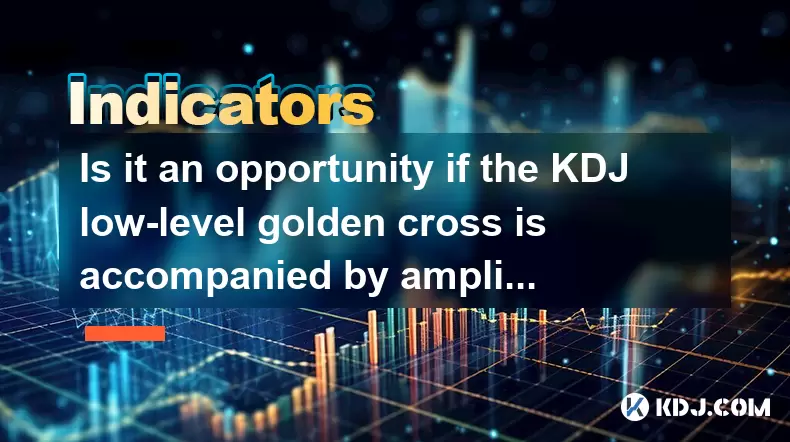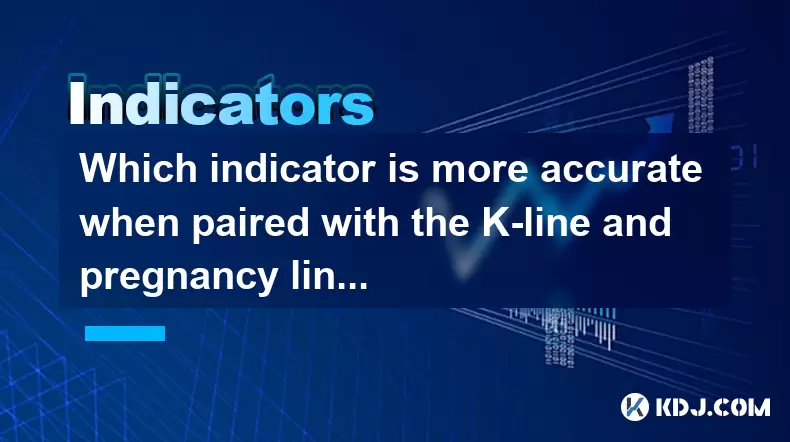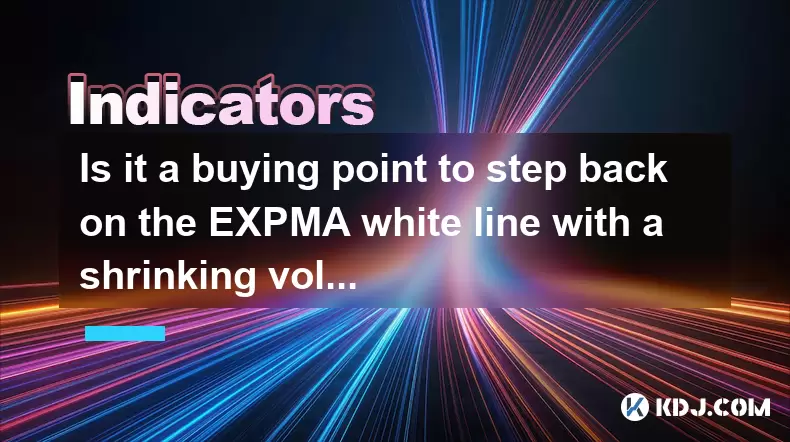-
 Bitcoin
Bitcoin $119300
1.07% -
 Ethereum
Ethereum $3730
3.87% -
 XRP
XRP $3.235
0.29% -
 Tether USDt
Tether USDt $1.000
0.00% -
 BNB
BNB $783.5
1.88% -
 Solana
Solana $188.7
0.25% -
 USDC
USDC $0.0000
-0.01% -
 Dogecoin
Dogecoin $0.2399
-0.44% -
 TRON
TRON $0.3157
2.37% -
 Cardano
Cardano $0.8254
1.94% -
 Hyperliquid
Hyperliquid $42.83
0.14% -
 Stellar
Stellar $0.4372
3.21% -
 Sui
Sui $3.859
4.91% -
 Chainlink
Chainlink $18.53
3.53% -
 Hedera
Hedera $0.2464
0.01% -
 Bitcoin Cash
Bitcoin Cash $519.8
2.46% -
 Avalanche
Avalanche $24.24
2.17% -
 Litecoin
Litecoin $113.7
0.73% -
 UNUS SED LEO
UNUS SED LEO $8.990
0.30% -
 Shiba Inu
Shiba Inu $0.00001390
0.21% -
 Toncoin
Toncoin $3.188
1.49% -
 Ethena USDe
Ethena USDe $1.001
0.02% -
 Polkadot
Polkadot $4.090
-0.91% -
 Uniswap
Uniswap $10.40
4.08% -
 Monero
Monero $326.6
3.12% -
 Bitget Token
Bitget Token $4.627
-0.42% -
 Pepe
Pepe $0.00001281
0.76% -
 Dai
Dai $1.000
0.01% -
 Aave
Aave $291.6
0.98% -
 Cronos
Cronos $0.1269
7.26%
Is it an opportunity if the KDJ low-level golden cross is accompanied by amplified volume?
A KDJ low-level golden cross with rising volume in crypto suggests a potential bullish reversal, especially when confirmed by support levels and broader market trends.
Jun 29, 2025 at 03:21 am

Understanding the KDJ Indicator in Cryptocurrency Trading
The KDJ indicator, also known as the stochastic oscillator, is a momentum-based technical analysis tool commonly used by cryptocurrency traders to identify overbought or oversold conditions. It consists of three lines: the %K line, the %D line (a moving average of %K), and the %J line (which reflects the divergence between %K and %D). In the context of crypto trading, the KDJ low-level golden cross occurs when the %K line crosses above the %D line at a value below 20, signaling that an asset may be oversold and potentially due for a reversal.
This particular signal becomes more compelling when it coincides with a noticeable increase in trading volume, which could suggest growing market interest and a potential shift in sentiment from bearish to bullish.
What Does a Low-Level Golden Cross Signify?
A low-level golden cross on the KDJ chart typically appears during a downtrend when the price has been declining for some time. When the stochastic lines cross below the 20 level and then the faster line (%K) turns upward to cross the slower line (%D), this can be interpreted as a potential buying opportunity.
In cryptocurrency markets, where volatility is high and trends can reverse quickly, recognizing such signals early can provide traders with a strategic edge. However, the golden cross alone should not be taken as a definitive buy signal; it needs confirmation from other indicators or market behavior, such as volume changes.
The Role of Volume Amplification in Confirming the Signal
When a KDJ low-level golden cross is accompanied by a significant increase in volume, it adds weight to the potential reversal scenario. High volume during such a cross often indicates that buying pressure is increasing, possibly due to institutional or large retail participation.
For instance, if Bitcoin’s price has been falling and the KDJ forms a golden cross near 15 while volume jumps 40% above its 20-period average, this might indicate that sellers are losing control and buyers are stepping in. This kind of confluence is especially important in crypto, where fakeouts and false signals are common.
- Check the volume against the 20-period average
- Look for a clear spike in volume bars
- Ensure the volume surge occurs at or around the golden cross
How to Interpret This Signal Across Different Timeframes
The reliability of the KDJ low-level golden cross with amplified volume varies depending on the timeframe being analyzed. On shorter timeframes like 1-hour or 4-hour charts, the signal may appear frequently but can be less reliable due to increased noise and short-term volatility.
On daily or weekly charts, however, such a setup carries more significance because it represents broader market dynamics. For example, a daily chart showing a KDJ golden cross below 20 with rising volume could indicate a strong reversal in Ethereum's price trend.
Traders should consider using multi-timeframe analysis:
- Start with a higher timeframe (e.g., daily) to identify the overall trend
- Zoom into lower timeframes (e.g., 4-hour) to time entries
- Always check for alignment across timeframes before making a trade
Practical Steps to Trade This Setup in Crypto Markets
Trading the KDJ low-level golden cross with amplified volume requires a structured approach to avoid false signals and manage risk effectively.
Here’s how you can implement this strategy step-by-step:
- Identify a cryptocurrency that has been in a downtrend
- Wait for the KDJ indicator to drop below 20
- Watch for the %K line to cross above the %D line, forming a golden cross
- Confirm that volume increases significantly during or just after the cross
- Enter a long position once the candle closes above the cross formation
- Set a stop-loss just below the recent swing low
- Take profit in stages or trail the stop based on volatility
It’s also crucial to filter out weak signals by combining this setup with support levels or Fibonacci retracements. A golden cross near a key support zone with rising volume offers a much stronger case for a bounce than one occurring mid-trend.
Potential Pitfalls and How to Avoid Them
Despite its usefulness, the KDJ low-level golden cross with amplified volume isn’t foolproof. One major issue is that crypto markets are highly speculative and prone to manipulation, especially on smaller-cap altcoins. A sudden volume spike may not always reflect genuine buying interest but could be part of a pump-and-dump scheme.
Another pitfall is overtrading based solely on this signal without considering broader market conditions. If Bitcoin is in a steep decline, even a golden cross in an altcoin may not hold.
To mitigate these risks:
- Use the signal only in conjunction with price action and support/resistance levels
- Avoid trading it in extremely illiquid or manipulated assets
- Always use risk management tools like stop-loss orders
- Test the strategy on historical data before live trading
Frequently Asked Questions
Q: Can the KDJ golden cross work on all cryptocurrencies?
A: While the KDJ golden cross can technically appear on any cryptocurrency chart, its effectiveness depends on the asset’s liquidity and market depth. Major coins like Bitcoin and Ethereum tend to produce more reliable signals compared to low-volume altcoins.
Q: What if the volume doesn't increase after the KDJ golden cross?
A: If volume remains flat or declines after the cross, the signal loses credibility. It suggests that there’s no real market conviction behind the move, and the downtrend may continue.
Q: Is it better to wait for a retest before entering a trade?
A: Yes, waiting for a retest of the cross area or a nearby support level can help confirm the strength of the reversal. Entering too early may expose you to false breakouts.
Q: How does the KDJ compare to RSI in identifying reversals?
A: Both KDJ and RSI are oscillators, but KDJ reacts faster to price changes, making it more sensitive to short-term shifts. RSI, on the other hand, provides smoother readings and fewer false signals in trending markets.
Disclaimer:info@kdj.com
The information provided is not trading advice. kdj.com does not assume any responsibility for any investments made based on the information provided in this article. Cryptocurrencies are highly volatile and it is highly recommended that you invest with caution after thorough research!
If you believe that the content used on this website infringes your copyright, please contact us immediately (info@kdj.com) and we will delete it promptly.
- Bitcoin, Jim Cramer, and the US Deficit: A Wall Street Story
- 2025-07-25 10:30:11
- TGEs, Scalability & Privacy Tech: Decoding the Future of Blockchain
- 2025-07-25 10:30:11
- TRON, Crypto Payroll, and Stablecoins: A New York Minute on the Future of Finance
- 2025-07-25 08:30:11
- WazirX, Revote, and Crypto Unlock: A New York Minute on the Latest Developments
- 2025-07-25 06:50:11
- Hong Kong Stablecoin Regulation: Navigating the Hype and Hurdles
- 2025-07-25 08:30:11
- Bitcoin LTHs, CDD Ratio, and Distribution: What's the Deal?
- 2025-07-25 08:50:12
Related knowledge

Should I go all in when DIF crosses DEA?
Jul 25,2025 at 12:42am
Understanding DIF and DEA in MACD AnalysisWhen traders analyze DIF and DEA in the context of the Moving Average Convergence Divergence (MACD) indicato...

Should I go all in when the upper edge of the box is broken?
Jul 25,2025 at 01:50am
Understanding the 'Box' in Cryptocurrency Price ChartsThe term 'box' in cryptocurrency trading typically refers to a price consolidation range where t...

Should I go all in when the parabolic turning signal appears?
Jul 25,2025 at 06:36am
Understanding the Parabolic Turning Signal in Crypto TradingThe parabolic turning signal is a technical indicator derived from the Parabolic SAR (Stop...

Should I follow up with a full position when the trading volume suddenly increases?
Jul 25,2025 at 12:28am
Understanding Sudden Increases in Trading VolumeA sudden spike in trading volume often signals heightened market activity and can indicate that new in...

Which indicator is more accurate when paired with the K-line and pregnancy line combination?
Jul 25,2025 at 05:43am
Understanding the K-Line and Pregnancy Line CombinationThe K-line, also known as the Japanese candlestick chart, is a foundational tool in technical a...

Is it a buying point to step back on the EXPMA white line with a shrinking volume?
Jul 25,2025 at 08:56am
Understanding the EXPMA Indicator and Its White LineThe Exponential Moving Average (EXPMA) is a technical analysis tool widely used in cryptocurrency ...

Should I go all in when DIF crosses DEA?
Jul 25,2025 at 12:42am
Understanding DIF and DEA in MACD AnalysisWhen traders analyze DIF and DEA in the context of the Moving Average Convergence Divergence (MACD) indicato...

Should I go all in when the upper edge of the box is broken?
Jul 25,2025 at 01:50am
Understanding the 'Box' in Cryptocurrency Price ChartsThe term 'box' in cryptocurrency trading typically refers to a price consolidation range where t...

Should I go all in when the parabolic turning signal appears?
Jul 25,2025 at 06:36am
Understanding the Parabolic Turning Signal in Crypto TradingThe parabolic turning signal is a technical indicator derived from the Parabolic SAR (Stop...

Should I follow up with a full position when the trading volume suddenly increases?
Jul 25,2025 at 12:28am
Understanding Sudden Increases in Trading VolumeA sudden spike in trading volume often signals heightened market activity and can indicate that new in...

Which indicator is more accurate when paired with the K-line and pregnancy line combination?
Jul 25,2025 at 05:43am
Understanding the K-Line and Pregnancy Line CombinationThe K-line, also known as the Japanese candlestick chart, is a foundational tool in technical a...

Is it a buying point to step back on the EXPMA white line with a shrinking volume?
Jul 25,2025 at 08:56am
Understanding the EXPMA Indicator and Its White LineThe Exponential Moving Average (EXPMA) is a technical analysis tool widely used in cryptocurrency ...
See all articles

























































































